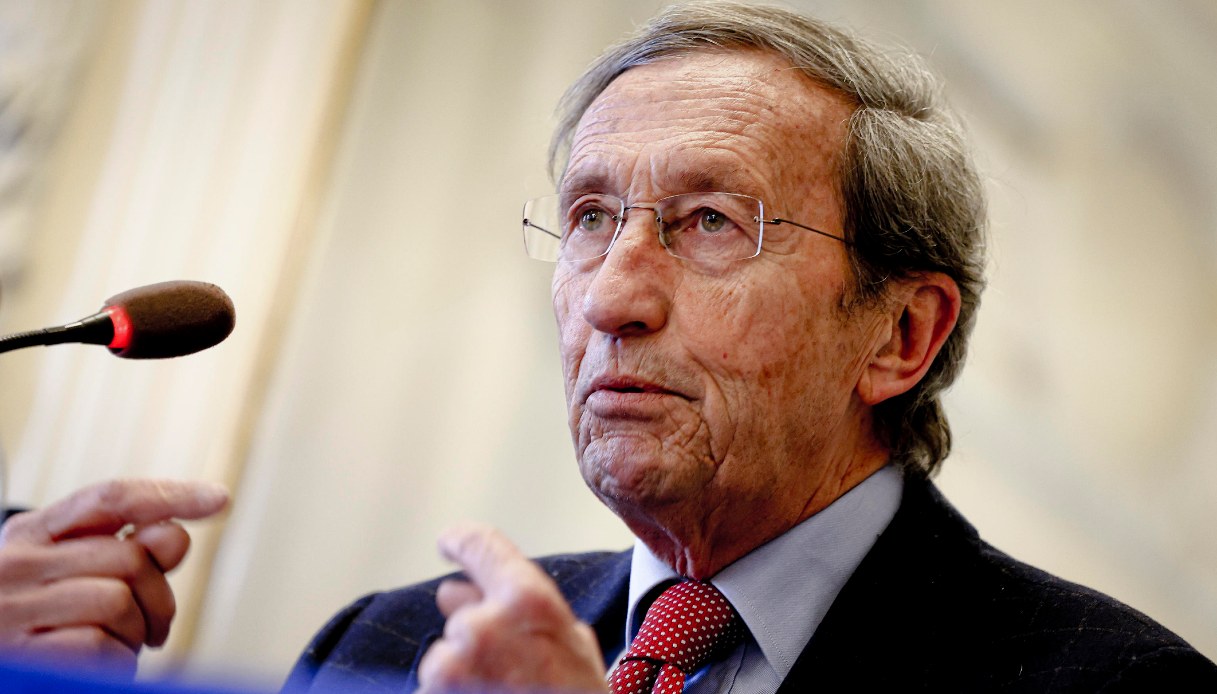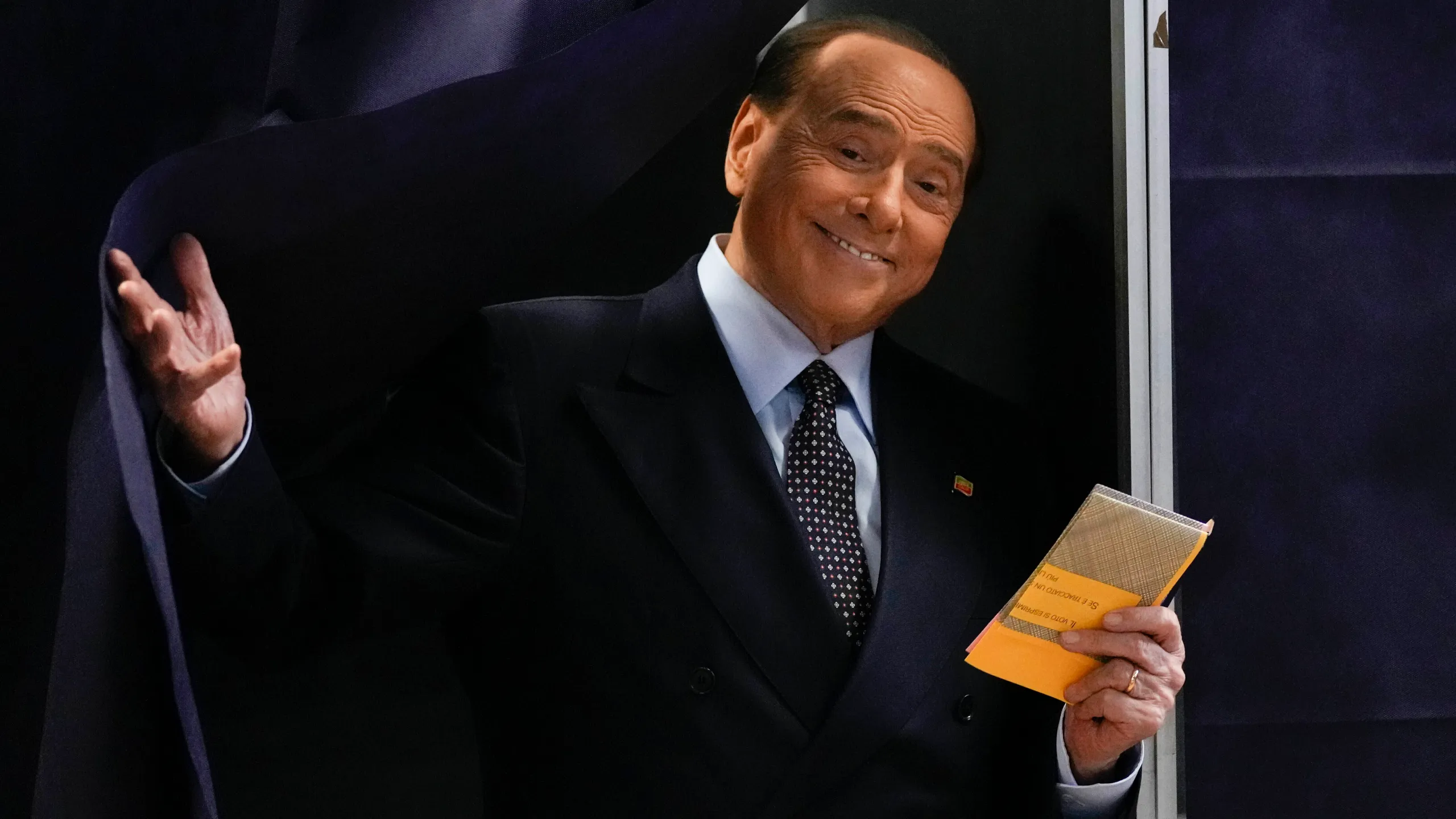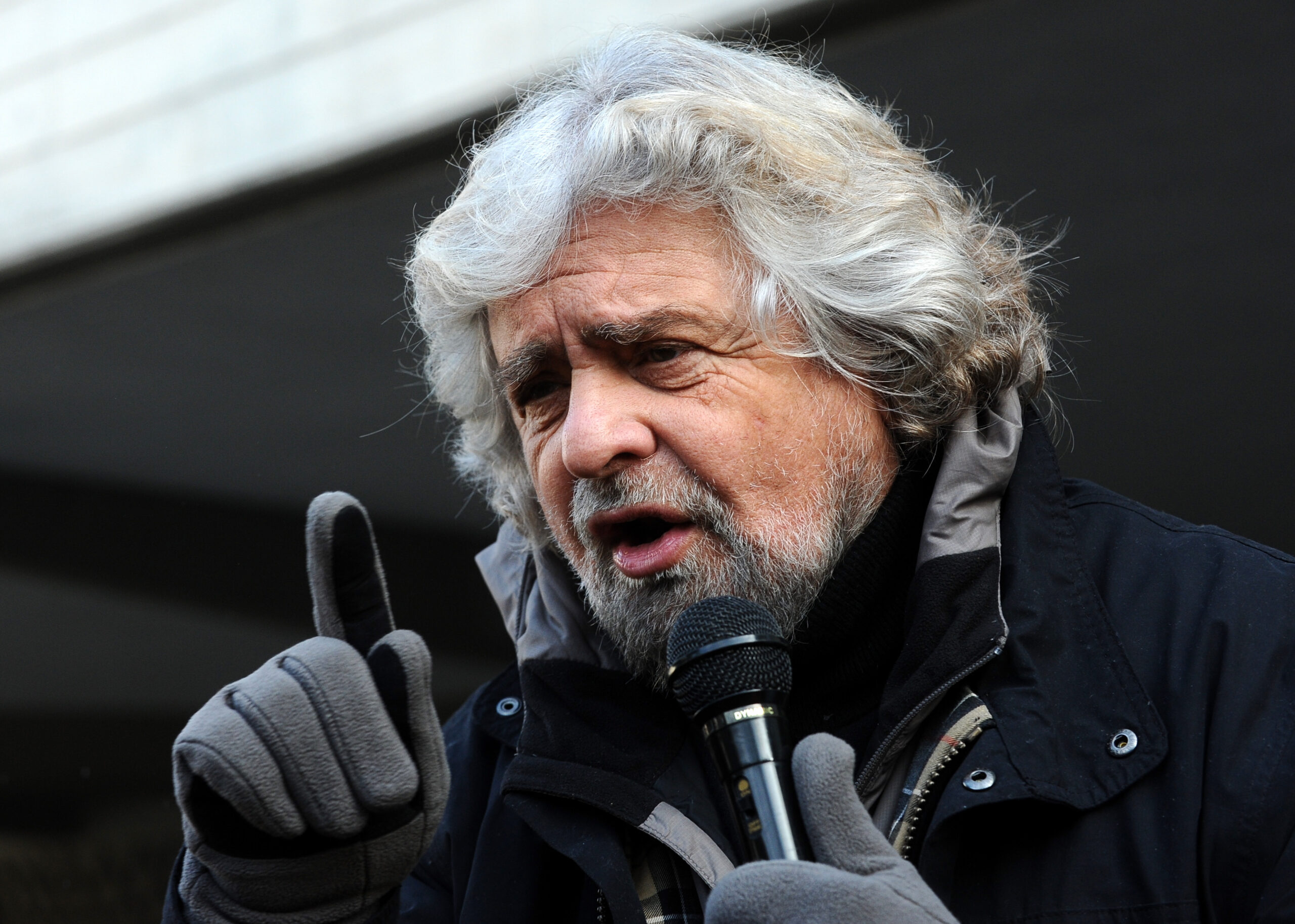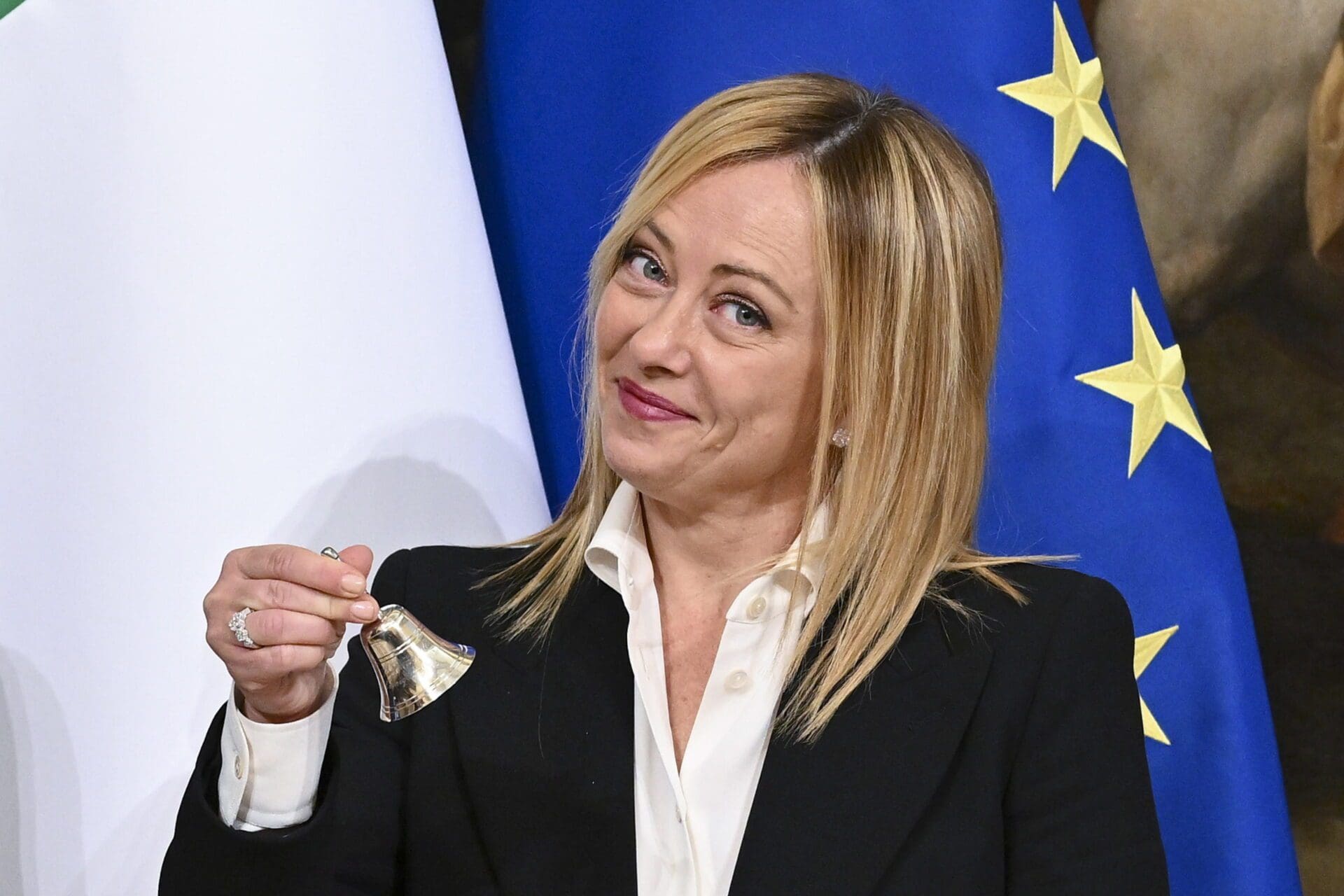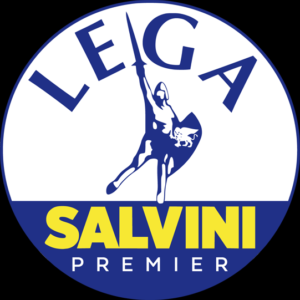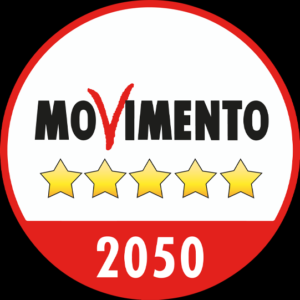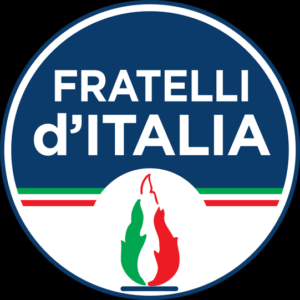Francesco Storace had been a member of MSI and AN, for which he was elected to parliament in 1994. Storace belonged to the right-wing faction and became increasingly critical of Fini’s leadership. In the early 2000s, he was the regional president of Lazio and for a brief period from 2005 to 2006, he was the Minister of Health in Berlusconi’s third government. In 2007, Storace formed a new right-wing party: La Destra (LD, The Right). LD was authoritarian, socially conservative, nationalist, combining statism and welfare investments with proposals for a flat tax. LD has thus also attracted libertarians like Giancarlo Pagliarini, who previously represented Lega Nord.
Before the 2008 election, LD formed an electoral alliance with the small fascist party MSFT (Movimento Sociale Fiamma Tricolore). MSFT was formed in 1995 when MSI merged into AN, by individuals who refused to join AN and rejected centralism. The party has remained faithful to the fascist ideals of the Mussolini regime all along. MSFT secured one seat in the Senate in 1996, which it defended in 2001. However, in elections to the Chamber of Deputies, it has never won more than a fraction of the votes. MSFT stands out for its combination of radical anti-democratic ideology and a humorous and youthful approach.
La Destra finally merged with Azione Nazionale (AN) in 2017, a short-lived party that tried to fill the void left by the old AN. The newly formed party was called Movimento Nazionale per la Sovranità (MNS). Two years later, MNS merged into FdI.
As an even more radical alternative, Forza Nuova (FN) was formed in 1997, a fascist and violent party. FN was founded and led by Roberto Fiore. Fiore was active in militant far-right groups in the 1980s, was arrested in absentia while living in Britain, and collaborated with the British National Party’s Nick Griffin. Back in Italy, he formed FN and has positioned himself as a leading ideologue on the far right. Fiore calls himself a neo-fascist. FN has also not garnered more than a fraction of the voters but has been part of the broad electoral alliances around Berlusconi.
Another movement that emerged from this milieu is CasaPound Italia (CPI), formed in 2003 and eventually transformed into a political party. However, CPI has also not been successful, gathering just under one percent of the vote in the 2018 election, and subsequently deciding to return to being a social movement. In 2019, a legal process began in Rome after Facebook (Meta) removed CPI from the platform due to the spread of hate speech. The court initially ruled in favour of CPI, but the decision was overturned in 2022.
The Brothers of Italy (FdI) was founded in 2012 by several members who split from People of Freedom. The first leader was Ignazio La Russa, who had previously been a member of both MSI and AN. In 2013 Georgia Meloni succeeded him. The FdI uses the tricolour flame as a logo, previously used by MSI and AN and said to symbolise the spirit of Mussolini. It has been a part of an electoral coalition with Lega and FI in every election it has contested.
On economics, FdI is slightly right-leaning.In the summer of 2023, the FdI-led government, despite protests, curtailed the citizen income project after four years, raising the requirements to receive benefits. Meloni also introduced a controversial tax on banks.
On social matters, FdI maintains a moderate conservative stance. Notably, under the Meloni-led government, measures have been implemented to restrict same-sex parents from legally registering their partner’s child as their own. Additionally, the party maintains a staunch opposition to abortion. While previously known for its outspoken criticism of the EU, Meloni’s tenure in power has seen a notable shift in attitude towards a more pragmatic approach.




